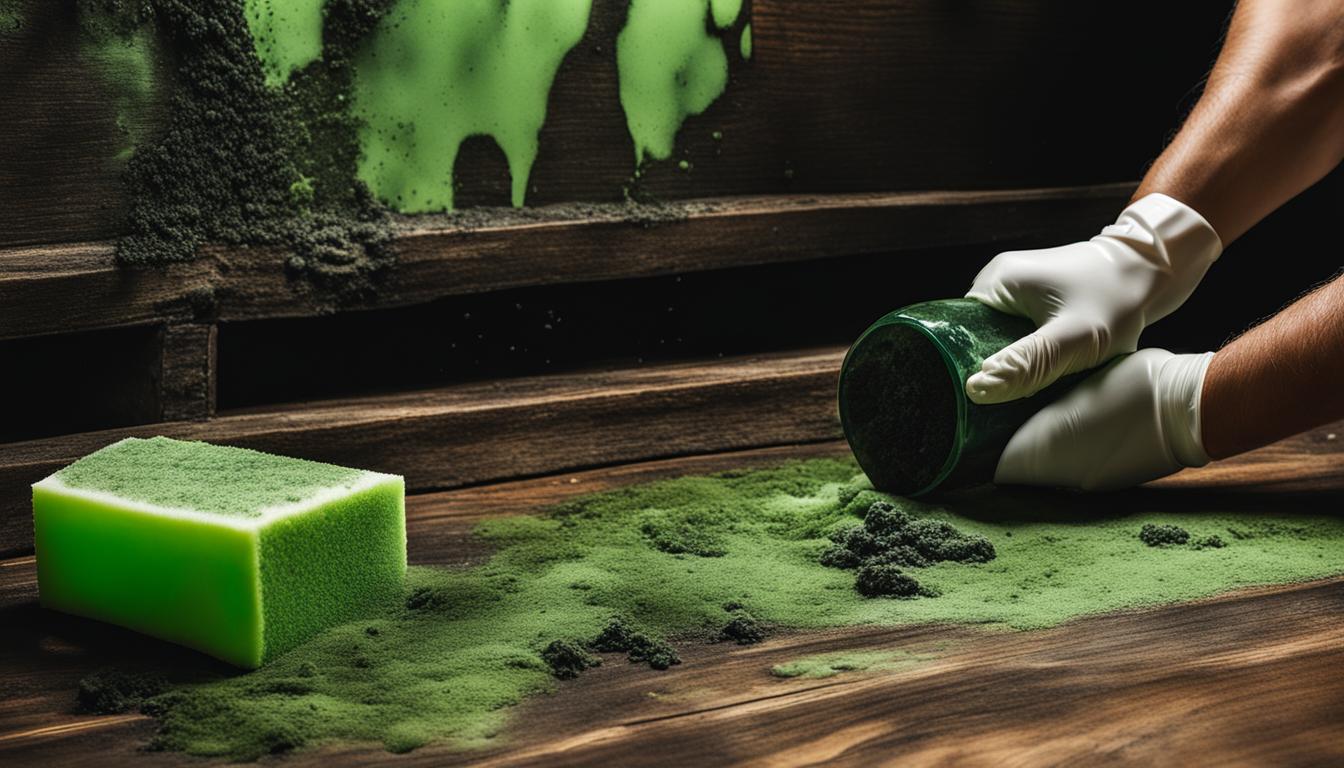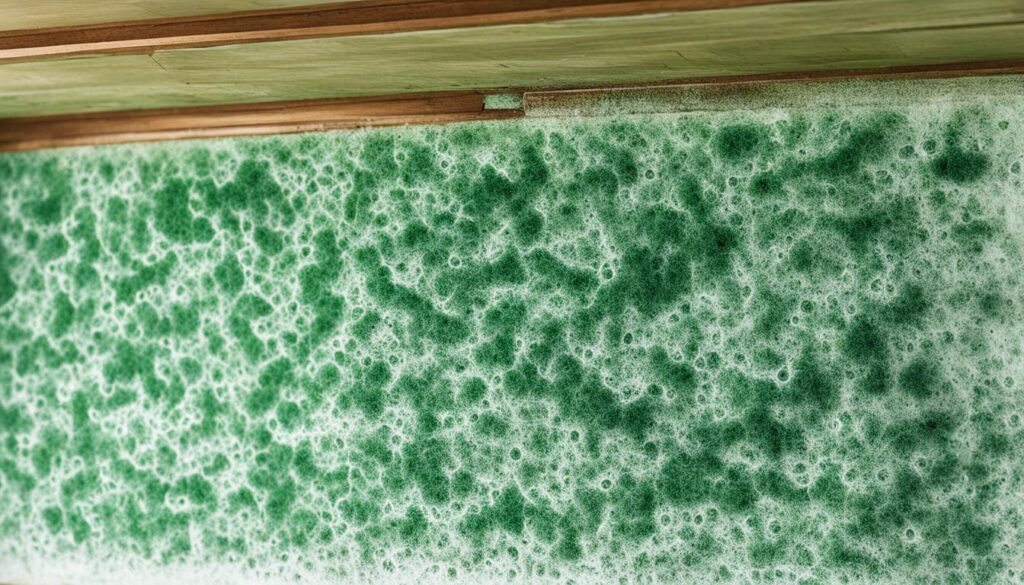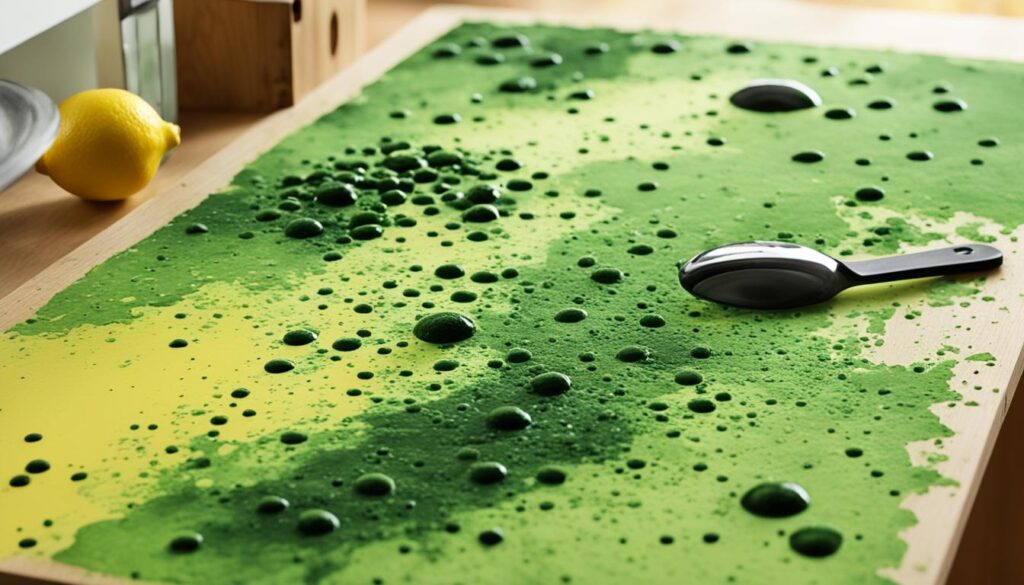
Exploring the World of how to get Mold out of wood: A Beginner’s Guide
Welcome to our beginner’s guide on how to effectively remove mold from wood surfaces. Dealing with mold on wood can be a daunting task, but with the right techniques and preventive measures, you can ensure the health and longevity of your wooden furniture and surfaces. In this guide, we will provide you with step-by-step instructions, expert tips, and strategies to combat mold on wood.
Mold on wood can not only be unsightly but also pose potential health risks. It can cause respiratory issues and allergies if left untreated. Therefore, it is essential to address mold growth as soon as possible to safeguard your well-being and prevent further damage.
In the following sections, we will delve into effective mold removal techniques and provide you with practical tips to prevent mold growth on wood in the future. Whether you are dealing with a small mold spot or a more significant infestation, this guide will equip you with the knowledge you need.
- Learn effective mold removal techniques for wood surfaces
- Discover natural solutions for cleaning mold from wood
- Understand when to seek professional mold remediation services
- Implement preventive measures to keep mold from growing on wood
- Control moisture levels and seal wood to minimize mold risk
Effective Techniques for Removing Mold from Wood
When it comes to dealing with mold on wood, it’s essential to employ effective techniques for efficient and thorough removal. In this section, we’ll explore various methods that will help you clean mold from wood surfaces and restore their pristine condition.
1. Cleaning Mold from Wood with Household Cleaners
One of the easiest and cost-effective ways to remove mold from wood is by using common household cleaners. Vinegar and hydrogen peroxide are two excellent options.
To clean mold using vinegar, follow these steps:
- Fill a spray bottle with white vinegar.
- Spray the affected area generously.
- Allow the vinegar to sit on the wood for at least one hour.
- Scrub the area with a brush or sponge.
- Rinse the wood with water and dry thoroughly.
Hydrogen peroxide is another effective mold removal solution. Here’s how to use it:
- Combine equal parts of hydrogen peroxide and water in a spray bottle.
- Spray the mixture onto the moldy wood.
- Let it sit for 10-15 minutes.
- Scrub the area with a brush or sponge.
- Wipe the wood clean and ensure it is completely dry.
2. Natural Mold Removal Solutions for Wood
If you prefer more natural alternatives, there are several options available that can effectively remove mold from wood. Tea tree oil, for example, is a potent antifungal agent.
Follow these steps to clean mold from wood using tea tree oil:
- Add 1 teaspoon of tea tree oil to 1 cup of water.
- Apply the mixture to the moldy wood using a cloth or sponge.
- Allow it to sit for a few hours.
- Wipe off the wood and ensure it is completely dry.
Remember to wear protective gloves and ensure proper ventilation when working with natural mold removal solutions.
3. Professional Mold Remediation Services
In some cases, the mold infestation may be severe or widespread, requiring the assistance of professional mold remediation services. Professionals have the expertise and equipment to handle complex mold removal projects safely.
When considering professional mold remediation, be sure to:
- Research reputable companies with experience in mold remediation.
- Read customer reviews and testimonials to gauge their reliability and customer satisfaction level.
- Check if the company is licensed and insured.
- Request a detailed estimate of the services and costs involved.
Choosing the right professionals ensures that the mold issue is resolved effectively and the risk of future mold growth is minimized.
Preventing Mold Growth on Wood: Tips and Strategies
Preventing mold growth on wood surfaces is essential for maintaining the integrity and longevity of your wooden furniture and structures. By implementing effective mold prevention techniques, you can minimize the risk of mold infestation and ensure a clean and healthy environment.
Controlling Moisture Levels
One of the key factors that contribute to mold growth on wood is excessive moisture. Moisture creates an ideal environment for mold spores to thrive and multiply. To control moisture levels and prevent mold, consider the following:
- Keep humidity levels in your home below 50%. Use dehumidifiers or air conditioners in areas prone to high humidity.
- Fix any plumbing leaks or water seepage issues immediately. Damp wood provides the perfect breeding ground for mold.
- Ensure proper ventilation in bathrooms, kitchens, and other areas where moisture tends to accumulate. Use exhaust fans or open windows to promote airflow and reduce humidity.
Sealing Wood Surfaces
Sealing wood surfaces is an effective way to prevent moisture from penetrating the wood and creating an environment suitable for mold growth. Here are some tips for sealing wood:
- Choose an appropriate sealant or wood preservative that is specifically designed to protect against mold and moisture.
- Thoroughly clean and dry the wood surface before applying the sealant. Remove any existing mold or mildew using a mixture of water and detergent.
- Apply the sealant according to the manufacturer’s instructions, ensuring complete coverage of the wood surface. Pay special attention to cracks, crevices, and joints where moisture can seep in.
- Regularly inspect and maintain the sealed wood surfaces to ensure the sealant remains intact and effective.
Remember, prevention is key when it comes to mold growth on wood. By controlling moisture levels and sealing wood surfaces, you can significantly reduce the chances of mold infestation and protect your wooden belongings.
Implementing these preventive measures will not only safeguard your wood against mold but also contribute to a healthier living environment. Take proactive steps to maintain dry conditions and protect your wood from moisture, and you can enjoy the beauty and durability of wooden surfaces for years to come.

| Moisture Control Techniques | Effectiveness |
|---|---|
| Using dehumidifiers | Highly effective in reducing moisture levels |
| Fixing plumbing leaks | Essential for preventing moisture buildup |
| Promoting ventilation | Helps to reduce humidity and moisture |
Conclusion
In conclusion, we have explored various techniques for removing mold from wood and discussed preventive measures to keep mold at bay. By following the steps outlined in this beginner’s guide, you can effectively tackle mold infestations on your wooden surfaces and furniture.
Remember, mold removal and prevention require consistent efforts. It is important to address the issue promptly to protect your health and maintain the longevity of your wooden belongings. Regular cleaning and proper maintenance, such as addressing moisture issues and sealing wood, are key to preventing mold growth.
We hope this guide has provided you with valuable insights and actionable steps to deal with mold on wood surfaces. By implementing these tips and techniques, you can create a healthy and mold-free environment in your home. Stay proactive and vigilant in your mold prevention efforts to ensure the well-being of your wooden items.





